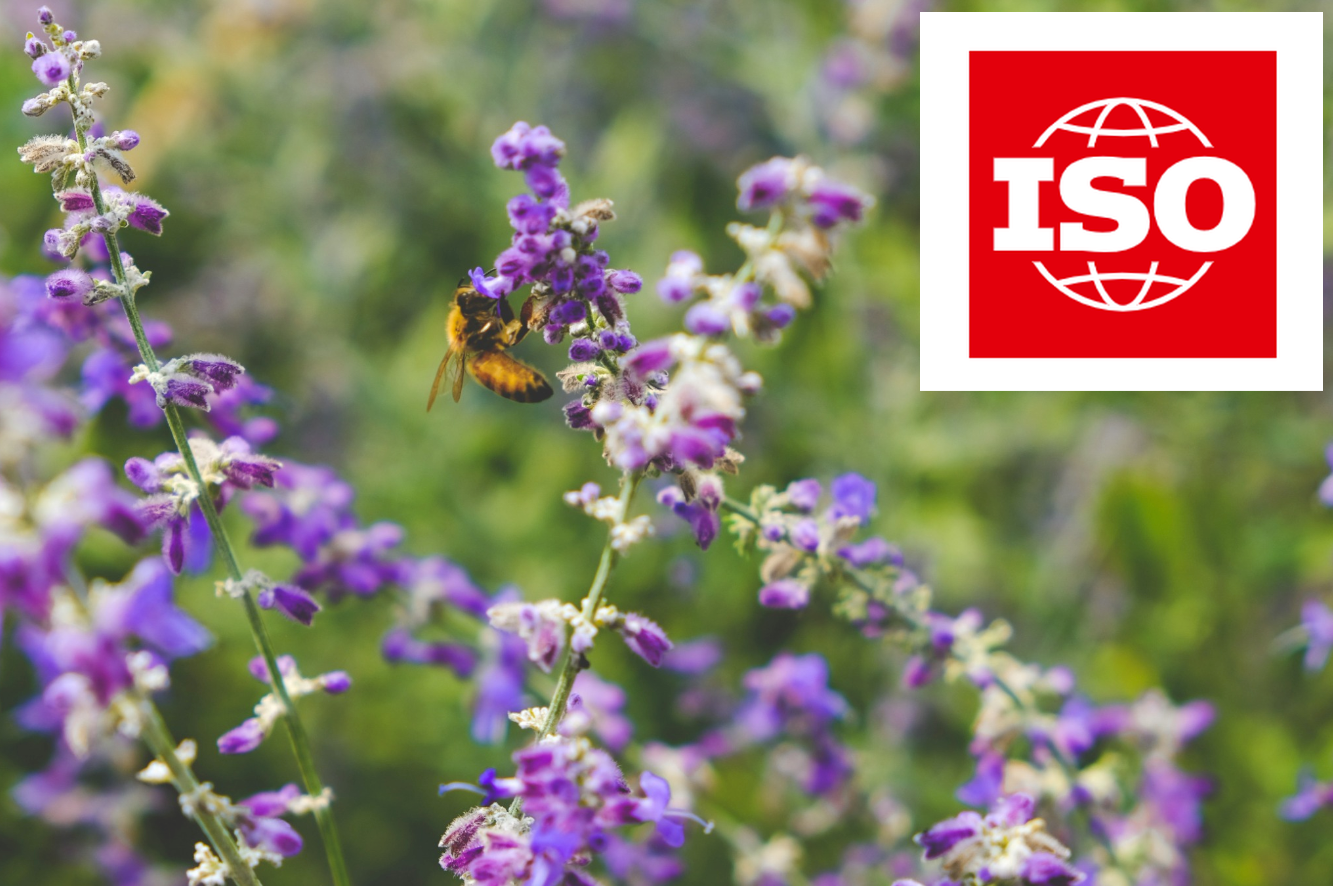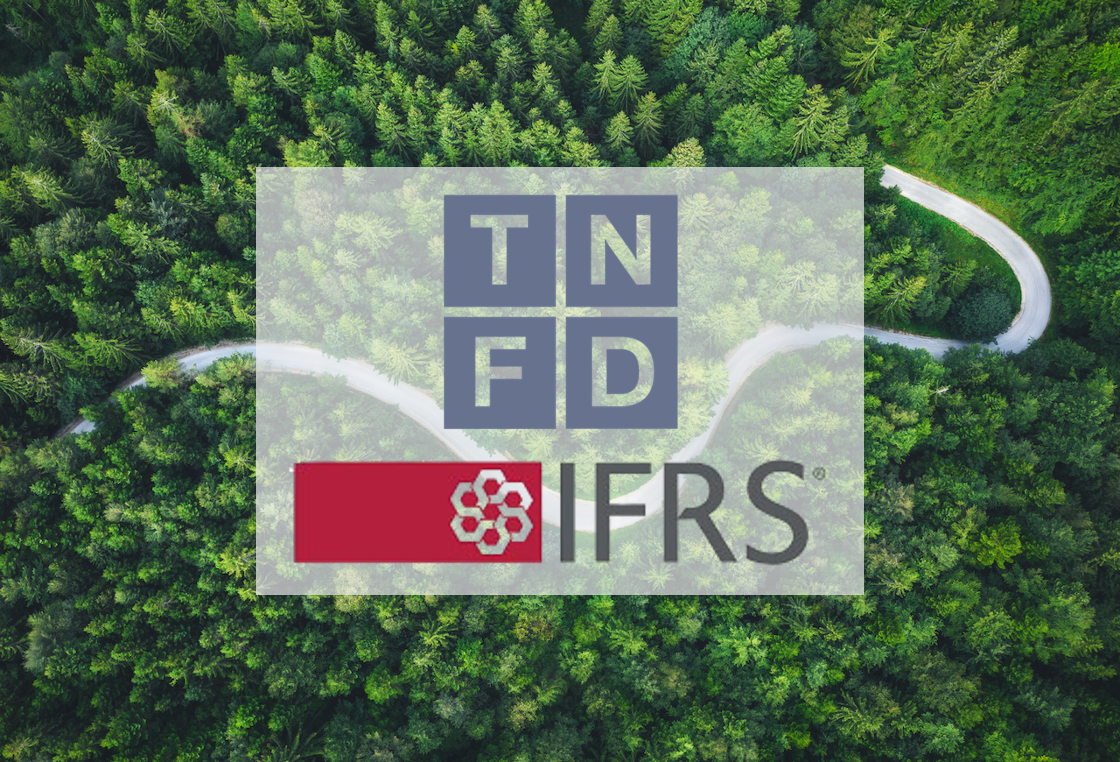ISO 17298 and the Institutionalisation of Biodiversity in Corporate Practice
As organisations face increasing expectations to address environmental challenges, new frameworks are emerging to support more consistent approaches. One of the latest developments is the release of ISO 17298, a standard focused on biodiversity management.

On 7 October 2025, the International Organization for Standardization (ISO) released ISO 17298:2025 "Biodiversity for organizations – Guidelines and requirements", the first international standard focused exclusively on biodiversity. The publication reflects an institutional shift towards the structured inclusion of biodiversity considerations into organisational strategy and operations. The standard was developed in alignment with ongoing global efforts to address nature-related risks, including through collaboration with the Taskforce on Nature-related Financial Disclosures (TNFD).
ISO 17298 is published against the backdrop of the Kunming-Montreal Global Biodiversity Framework and an evolving regulatory landscape. Its objective is to offer a consistent approach to identifying, understanding and managing dependencies, impacts and opportunities related to biodiversity.
Structure and Focus
ISO 17298 is not a reporting standard. Instead, it offers methodological guidance for integrating biodiversity into governance, risk management and strategy. The scope of the standard spans different organisation types and geographies and is compatible with other ISO frameworks such as ISO 14001 and ISO 26000. Its practical orientation is intended to support internal system development rather than external disclosure.
The standard provides definitions, concepts and process guidance to support systematic integration of biodiversity into decision-making. It enables organisations to assess nature-related risks through structured evaluation and apply the results to business planning and operations.
Alignment with TNFD
The standard builds on the foundations laid by the TNFD and incorporates elements from the LEAP approach. The objective is to enhance compatibility between internal biodiversity management systems and external reporting frameworks. ISO 17298 contributes to harmonising how organisations approach biodiversity and provides a shared basis for aligning with future nature-related disclosure requirements.
According to a public statement from the TNFD, ISO 17298 supports the identification and management of nature-related impacts, risks and opportunities. The alignment is intended to improve interoperability between standards and facilitate implementation by organisations across sectors.
Implications for ESG and Non-Financial Reporting
The emergence of ISO 17298 is consistent with a broader trend of formalising sustainability-related governance. Although it is not a disclosure tool, the standard reinforces the infrastructure that underpins non-financial reporting. By improving internal processes, it contributes indirectly to the quality and reliability of ESG data.
For organisations preparing for regulatory obligations or investor expectations, ISO 17298 offers a reference point for enhancing internal readiness. Its role lies in strengthening systems and supporting the long-term integration of biodiversity into enterprise-level decision-making.



